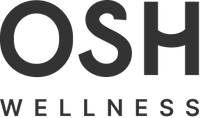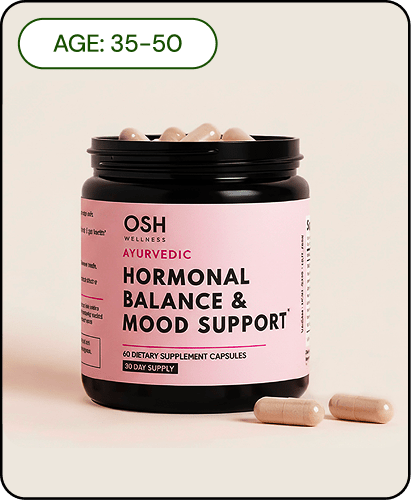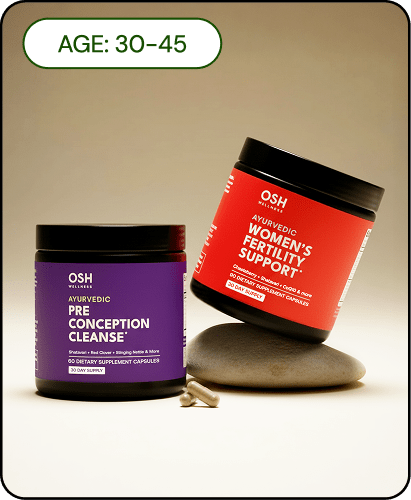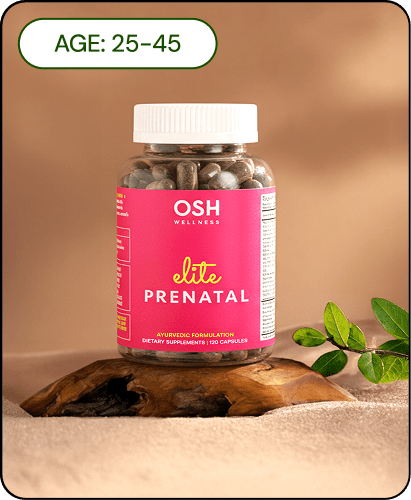Table of contents
The third trimester is an opportune time to learn about breastfeeding, a bodily function often romanticized as something magical. Forget magic, there is science behind it. Please consider and internalize the fact that breastfeeding is as unique as human breasts are. There is no one typical output that you should measure yourself against.
The Science behind Breastfeeding
Breast milk contains all the nutrients that an infant needs in the first 6 months of life. It also contains bioactive factors that augment the infant's immature immune system, providing protection against infection, aiding digestion, and absorption of nutrients.
When your baby suckles at your breast, sensory impulses pass from the nipple to your brain, which secretes prolactin and oxytocin in response. Prolactin stimulates milk production, and Oxytocin reduces stress whilst also promoting mother-child bonding.
It’s good to know the anatomy of the breast while you’re at it. The breast includes the nipple, areola, mammary tissue, supporting connective tissue and fat, blood and lymphatic vessels, and nerves. The mammary tissue includes the alveoli, which are small sacs made of milk-secreting cells, and the ducts that carry the milk to the outside. Between feeds, milk collects in the lumen of the alveoli and ducts. The alveoli are surrounded by a basket of muscle cells, which contract and make the milk flow along the ducts.
The nipple has an average of nine milk ducts passing to the outside, and also muscle fibres and nerves. The nipple is surrounded by the circular pigmented areola, in which are located Montgomery's glands that secrete an oily fluid that protects the skin of the nipple and areola during lactation, and produce the mother's individual scent that attracts her baby to the breast. The ducts beneath the areola fill with milk and become wider during a feed, when the oxytocin reflex is active.
Even though this stated anatomy is derived from the average human, the way breastfeeding manifests in each mother is individual to her body. Don’t compare! You will learn about your body when you start the journey.
Preparing for breastfeeding while expecting:

- Meditate on the act of breastfeeding before you actually do it, imagine yourself doing it, to your satisfaction and your tiny tot’s.
- Assess your needs and goals. What support will I need to get there? What ideas has media, society, family given me about breastfeeding? Are they based in truth? Are they useful? Do I need to let go of some?
- Consider taking a breastfeeding class and get connected to your body. It’s a great idea to gather factual information as well as some basic troubleshooting.
- Attend a breastfeeding support group while you’re still pregnant. Since most of us haven’t been around people breastfeeding prior to having our babies, seeing nursing in action and hearing stories from new parents can be tremendously helpful.
Practical preparations that will help as the birth nears:
- Procure suitable help-at-hand. While you focus on postpartum recovery and manage sleep deprivation while learning to breastfeed, someone other than You will need to tend to errands, housework, other children and pets and so on, especially in the beginning.
- Gauge your comfort level. Do you feel comfortable with the people sharing your space? Enough to bare your breast in their presence to feed your baby? Will you have privacy to be alone with your baby whenever you want?
- A postpartum doula - a trained, supportive, non-judgmental expert - can be an excellent option for families with new-borns. She can help with breastfeeding basics, emotional support, and taking care of tasks - giving you a chance to breathe.
- Get the number for a local lactation counsellor and/or IBCLC (The International Board of Lactation Consultant Examiners) to help with breastfeeding. Sites such as La Leche League International (LLLI) or Kellymom offer evidence-based suggestions. YouTube channels like Nancy Mohrbacher’s have simple videos and tips.
Colustrum and Mature Milk:
- The first few days after birth, your breasts produce colostrum or early milk. There are a lot of misconceptions about colostrum - that it isn’t ‘real’ milk, or won’t be enough for the baby. WRONG! Colostrum is actually a nutrient-dense, easy-to-digest, perfect first food for a newborn. It is normally produced in small quantities (40-50ml on the first day), but it is all that an infant normally needs at this time.
- Nurse as often as you can, both to nurture the baby and help your body transition to producing ‘mature’ milk. This can happen anytime within the first 2 - 5 days, depending on several factors, varying for individuals. Be sure to relieve engorgement, as milk starts to transition, to avoid unnecessary pain and clogged ducts.
- It can be totally healthy for your baby to nurse like crazy one day and not so much the next, for nothing to come out in the pump, for nipples to be sore. A professional will help you determine what’s healthy, what needs fixing, and when to seek more care.
- In case of hospital birth, utilize their on-board lactation consultant and attend a breastfeeding group meeting while you’re there. Optimize available resources and opportunities!
- Supply and Demand. The first few weeks of breastfeeding help to establish your supply down the road. If you are unable to breastfeed initially but want to keep trying, use a pump to protect the supply as you work on the lactation issues you’re experiencing. Remember, too, that babies also nurse for comfort. Mama’s milk is very soothing for them.
The early days of breastfeeding can be emotionally and physically challenging, but things settle down eventually. One mom’s experience may be different from another’s – and that’s perfectly okay, Dear Mama! There are things mentioned above that you can do to prepare and feel supported during this transition. After all, you and your baby are both learning a new skill.
Do be gentle and gift yourself some loving kindness. Ask for help and be open to receiving it. Happy Breastfeeding to you and yours.








